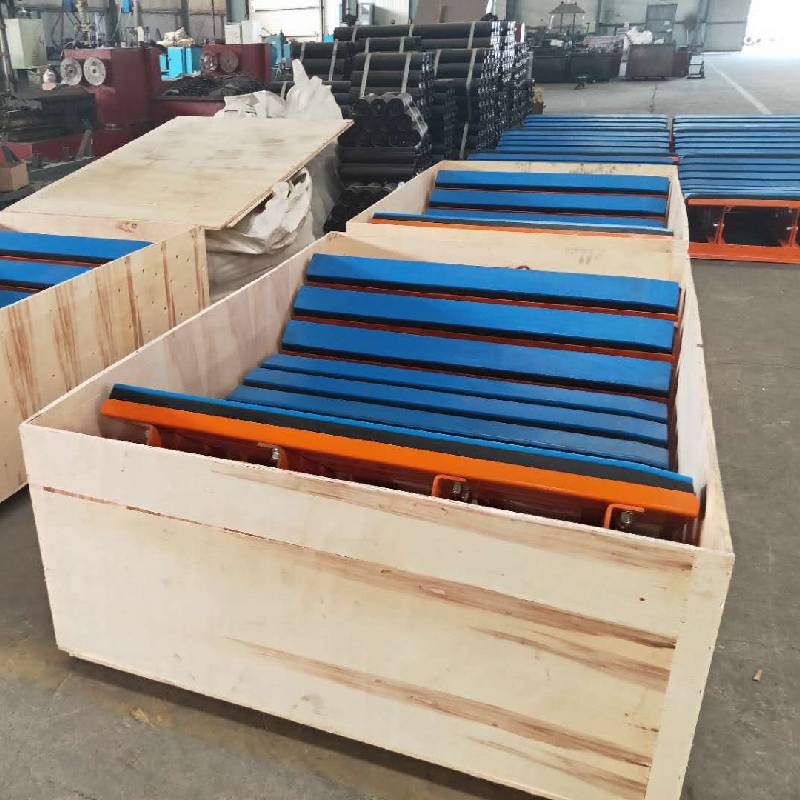 Afrikaans
Afrikaans  Albanian
Albanian  Amharic
Amharic  Arabic
Arabic  Armenian
Armenian  Azerbaijani
Azerbaijani  Basque
Basque  Belarusian
Belarusian  Bengali
Bengali  Bosnian
Bosnian  Bulgarian
Bulgarian  Catalan
Catalan  Cebuano
Cebuano  Corsican
Corsican  Croatian
Croatian  Czech
Czech  Danish
Danish  Dutch
Dutch  English
English  Esperanto
Esperanto  Estonian
Estonian  Finnish
Finnish  French
French  Frisian
Frisian  Galician
Galician  Georgian
Georgian  German
German  Greek
Greek  Gujarati
Gujarati  Haitian Creole
Haitian Creole  hausa
hausa  hawaiian
hawaiian  Hebrew
Hebrew  Hindi
Hindi  Miao
Miao  Hungarian
Hungarian  Icelandic
Icelandic  igbo
igbo  Indonesian
Indonesian  irish
irish  Italian
Italian  Japanese
Japanese  Javanese
Javanese  Kannada
Kannada  kazakh
kazakh  Khmer
Khmer  Rwandese
Rwandese  Korean
Korean  Kurdish
Kurdish  Kyrgyz
Kyrgyz  Lao
Lao  Latin
Latin  Latvian
Latvian  Lithuanian
Lithuanian  Luxembourgish
Luxembourgish  Macedonian
Macedonian  Malgashi
Malgashi  Malay
Malay  Malayalam
Malayalam  Maltese
Maltese  Maori
Maori  Marathi
Marathi  Mongolian
Mongolian  Myanmar
Myanmar  Nepali
Nepali  Norwegian
Norwegian  Norwegian
Norwegian  Occitan
Occitan  Pashto
Pashto  Persian
Persian  Polish
Polish  Portuguese
Portuguese  Punjabi
Punjabi  Romanian
Romanian  Russian
Russian  Samoan
Samoan  Scottish Gaelic
Scottish Gaelic  Serbian
Serbian  Sesotho
Sesotho  Shona
Shona  Sindhi
Sindhi  Sinhala
Sinhala  Slovak
Slovak  Slovenian
Slovenian  Somali
Somali  Spanish
Spanish  Sundanese
Sundanese  Swahili
Swahili  Swedish
Swedish  Tagalog
Tagalog  Tajik
Tajik  Tamil
Tamil  Tatar
Tatar  Telugu
Telugu  Thai
Thai  Turkish
Turkish  Turkmen
Turkmen  Ukrainian
Ukrainian  Urdu
Urdu  Uighur
Uighur  Uzbek
Uzbek  Vietnamese
Vietnamese  Welsh
Welsh  Bantu
Bantu  Yiddish
Yiddish  Yoruba
Yoruba  Zulu
Zulu Innovative Design for Self-Cleaning Tail Pulley Systems in Conveyor Applications
The Importance of Self-Cleaning Tail Pulleys in Conveyor Systems
In the modern world of industrial production and material handling, efficiency and reliability are paramount. One crucial component in optimizing these systems is the tail pulley, especially when equipped with self-cleaning technology. The self-cleaning tail pulley is designed to enhance the performance and longevity of conveyor systems, reducing downtime and maintenance costs.
The Importance of Self-Cleaning Tail Pulleys in Conveyor Systems
Self-cleaning tail pulleys mitigate these problems through innovative design features. Typically, these pulleys incorporate a series of angled surfaces or special coatings that allow for the automatic removal of material as the pulley rotates. As the pulley turns, the centrifugal force works in tandem with gravity to displace debris, keeping the surface clear and reducing the likelihood of buildup. This not only maintains the efficiency of the conveyor system but also extends the operational life of both the pulley and the belt.
self cleaning tail pulley

Moreover, self-cleaning tail pulleys contribute to improved safety standards in industrial settings. By preventing the accumulation of materials, they reduce the risk of accidents associated with slipping or tripping hazards. This is particularly important in environments where heavy machinery and personnel interact closely. The implementation of self-cleaning technology can thus be viewed as an investment in workplace safety.
Another significant advantage of self-cleaning tail pulleys is their contribution to low maintenance requirements. With reduced material buildup, maintenance teams can spend less time cleaning and maintaining the system. This allows for a more efficient allocation of resources and labor, enabling companies to focus on primary production processes rather than on ancillary tasks. In industries where time is money, this efficiency translates directly into productivity gains.
Furthermore, the versatility of self-cleaning tail pulleys makes them applicable across various industries, including mining, agriculture, and manufacturing. Any sector that relies on conveyor systems for material transport can benefit from incorporating this technology into their operations.
In conclusion, self-cleaning tail pulleys represent a vital innovation in conveyor system design. They solve the common problems associated with material buildup, improve safety, decrease maintenance needs, and ultimately enhance operational efficiency. As industries continue to evolve and demand greater reliability from their equipment, the adoption of self-cleaning tail pulleys is poised to become a standard practice, paving the way for smoother, safer, and more efficient material handling processes.
-
Revolutionizing Conveyor Reliability with Advanced Rubber Lagging PulleysNewsJul.22,2025
-
Powering Precision and Durability with Expert Manufacturers of Conveyor ComponentsNewsJul.22,2025
-
Optimizing Conveyor Systems with Advanced Conveyor AccessoriesNewsJul.22,2025
-
Maximize Conveyor Efficiency with Quality Conveyor Idler PulleysNewsJul.22,2025
-
Future-Proof Your Conveyor System with High-Performance Polyurethane RollerNewsJul.22,2025
-
Driving Efficiency Forward with Quality Idlers and RollersNewsJul.22,2025





























